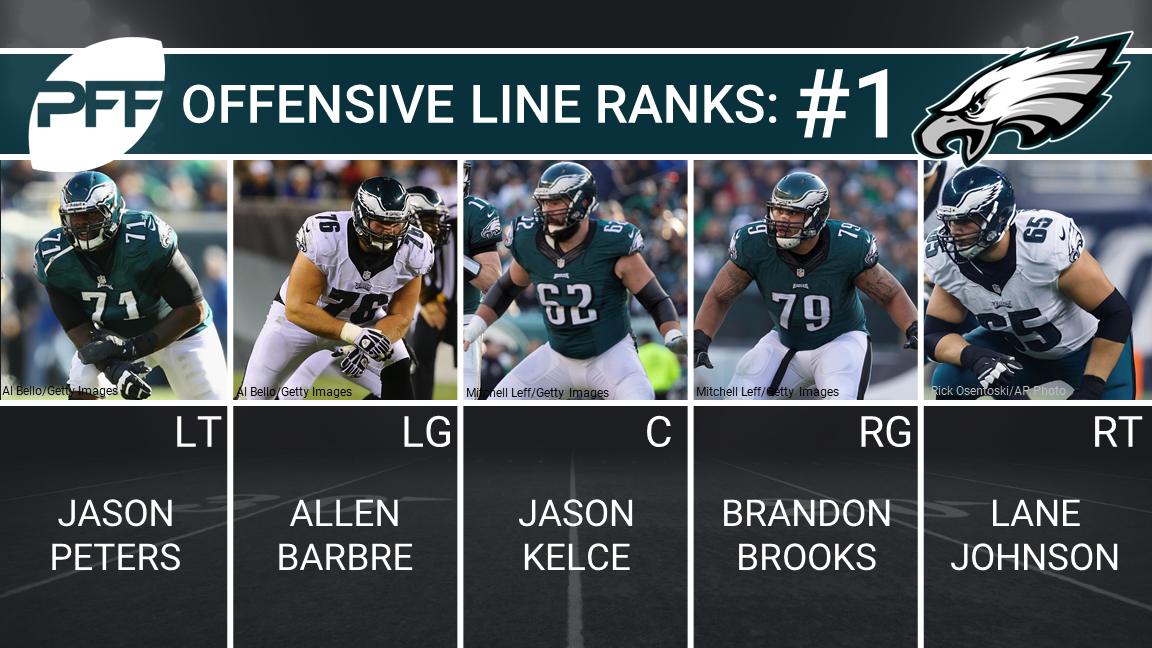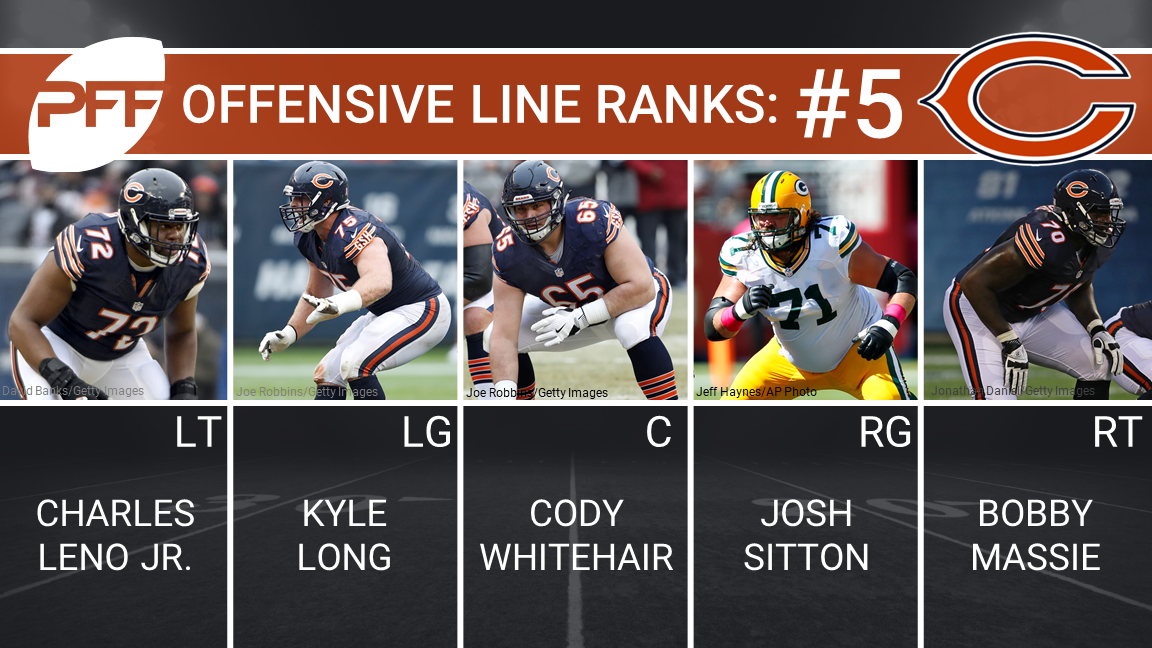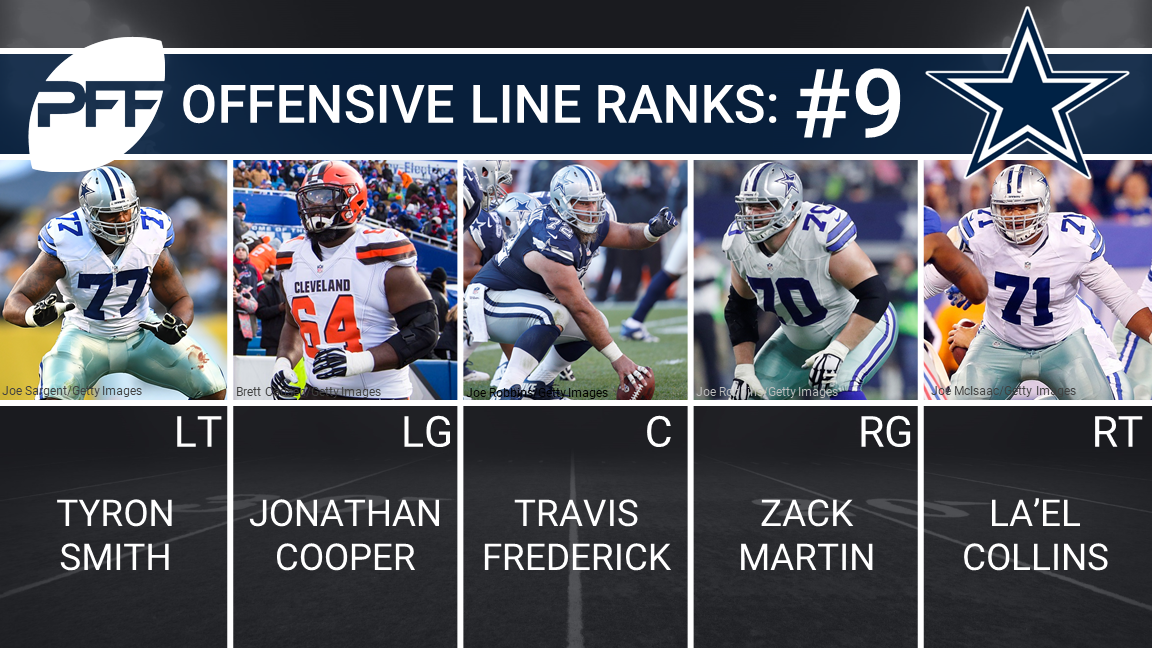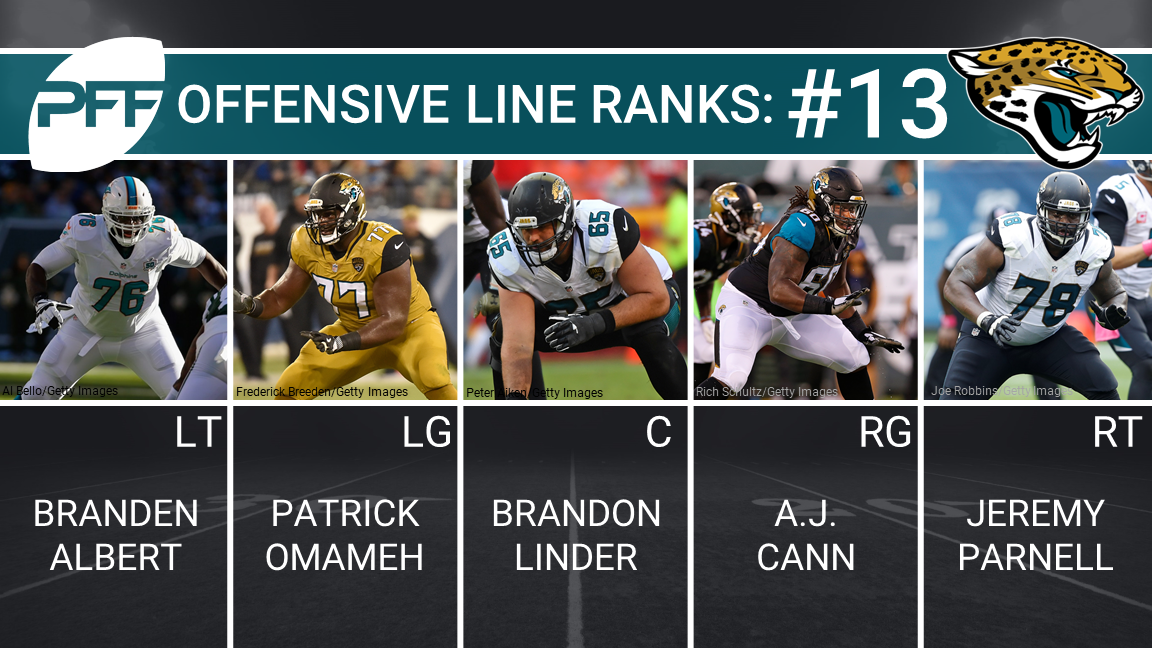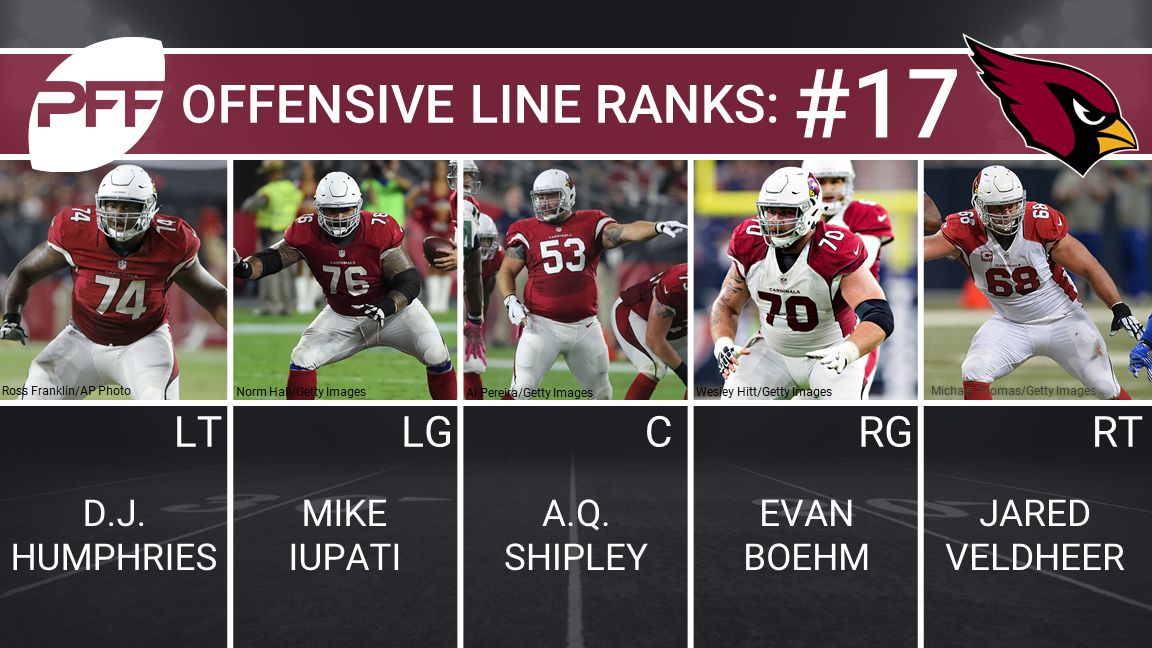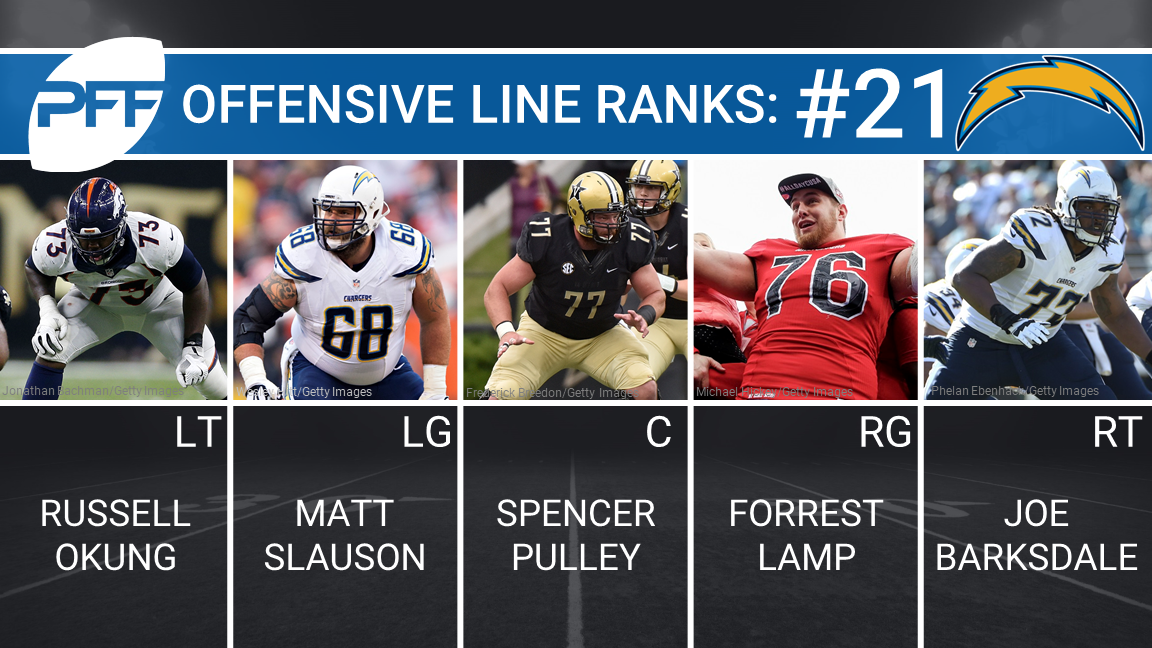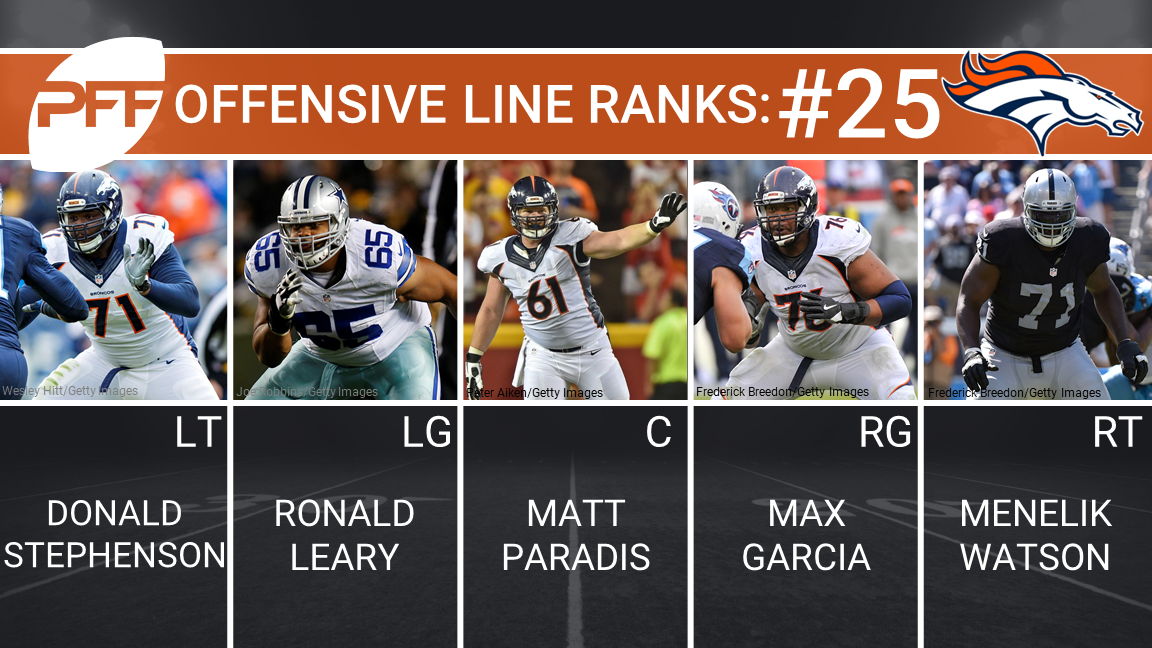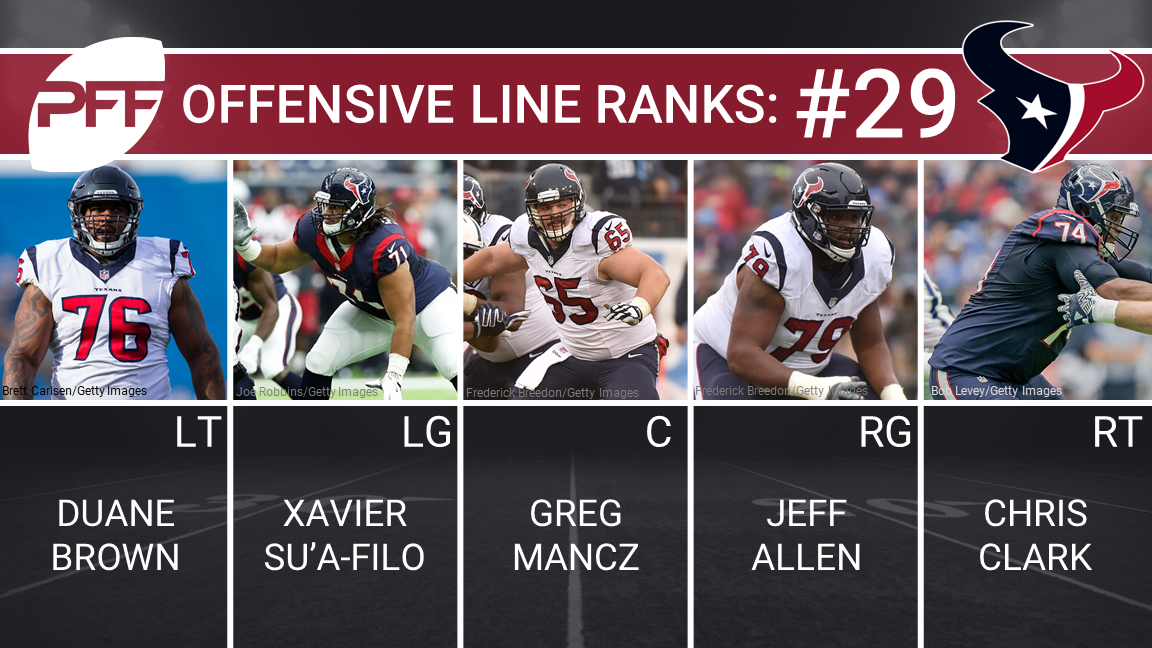Seahawks MLB: “Ninety percent of the game is mental”
- By Prime Time
- RAMS / NFL TALK
- 7 Replies
http://mmqb.si.com/mmqb/2017/06/29/nfl-bobby-wagner-seattle-seahawks
Bobby Wagner Can See into the Future
Most times, the Seahawks’ middle linebacker knows what’s coming. The tells are in your running back’s shoulders, in your linemen’s fingertips and how your receivers adjust their gloves at the line of scrimmage
by Jenny Vrentas
Login to view embedded media View: https://www.youtube.com/watch?v=XgvGW1B5p1g
Watching Bobby Wagner play, the first thing you might notice is his speed. That swiftness, once clocked at sub-4.5 seconds in the 40-yard dash, makes him a sideline-to-sideline nightmare for running backs and once prompted the venerable Frank Gore to say, “Bobby, man, he’s f------ fast as f---.”
But the Seahawks’ middle linebacker—who has surpassed 100 tackles in each of his five NFL seasons, and last year made a franchise-record 167 stops—views his athletic ability as a mere complement to the most important aspect of his game.
“Ninety percent,” Wagner says, “is mental.”
That may seem like a stunningly large percentage for a physical game, until you hear Wagner describe how he does his job. He prepares so well, he says, that he knows what play is coming on about seven out of every 10 plays before the ball is snapped. After thinking it over for a few seconds, he reconsiders that appraisal. “It might be higher,” he says.
Wagner is the Seahawks’ defensive signal-caller, the guy in the middle of a defense that has been the NFL’s stingiest, in terms of points allowed, in four out of the past five seasons. (In their outlier season, 2016, the Seahawks finished third.)
Seattle’s defensive scheme is often described as relatively simple, as the unit plays mainly Cover 3 zone (first and second downs) or man-to-man (third downs). But what each player does on the field is much more complicated than those schemes might suggest.
This is Smarter Football Week at The MMQB, in which we’re spotlighting the mental side of the game and what often goes unnoticed to the naked eye. Quarterback might be the only position on the field that gets due credit for the brainpower that goes into making plays.
So we set out to understand the mental process of a non-quarterback who, if you will, has a Ph.D. in the sport. As we solicited suggestions among players and coaches, Wagner’s name kept coming up.

Photo: Otto Greule Jr./Getty Images
“The game is more mental than physical,” Wagner, a three-time All-Pro, says. “There are guys out there that run 6.0-second 40s but beat guys that run a 4.2 to the ball every play. It’s because they do so much film study, to the point where they know where the play is going, or have an educated guess.”
It’s a prerequisite of Wagner’s position to know where everyone needs to line up and what their responsibilities are. The defensive call from coordinator Kris Richard comes in through his helmet radio, and he communicates it to the 10 other defenders on the field. Wagner then stands at the front of the huddle.
He watches how the offense lines up, starting with where the tight end is, which determines the strong and weak sides of the formation. It’s Wagner’s responsibility to set the defensive front, which means aligning the defensive linemen and linebackers with the correct gaps and shading in relation to the offensive front. But this is just where his job starts.
Wagner, a second-round draft pick in 2012, has been a full-time starter for the Seahawks since his rookie season. Early on, he was consumed with learning the defensive playbook and the weekly game plan constructed by the coaches. Once that became second nature, he was freed up to study what opposing offenses are trying to do against Seattle’s defense.
From there, he could start to develop what some defensive coordinators like to call an individual game plan within the team’s game plan. Based on film study and accrued experiences, Wagner has a library of tendencies and tells that informs when and how he can make the big plays that stand out on highlight reels.
“The more and more you play in this league, you just kind of know what to look at,” Wagner says.
Consider Seattle’s Week 6 win over the Falcons last season. On the sixth play of Atlanta’s first drive, facing second-and-9 at Seattle’s 49-yard line, Matt Ryan brought the offense out in an uncommon personnel group and formation. The most common set in the NFL is 11 personnel (3 WR, 1 RB, 1 TE), but the Falcons sent out 21 personnel (2 WR, 2 RB, 1 TE).
They have fewer plays out of this grouping, and the playbook gets even smaller out of this specific formation: The fullback was offset to the left side of the formation, the tight end was on the right side, but a yard behind the line of scrimmage, and the two receivers were in tight splits.
“I told myself before the game, if they came out in this certain formation, I was going to take a shot and see if I could get a play in the backfield,” Wagner says. “They came out in that exact formation, and we ran the exact call I had in my head.
You have to understand what shot can you take within the defensive scheme, because you don’t want to hurt the defense. You want to take a good percentage shot—a shot that only positivity is going to come from. There are not going to be a lot, but there are going to be a few that change the course of a game, and you don’t want to miss those.”
Right before the ball was snapped, Wagner took off running straight toward the ‘A’ gap between the center and the right guard. Alex Mack is one of the best centers in the league, but Wagner’s decisive move made it impossible for Mack to work up to Wagner and block him.
Wagner burst into the backfield untouched and dragged down running back Devonta Freeman for a loss of two yards. One incomplete pass later, the Falcons punted.
On that running play, Wagner’s reconnaissance didn’t stop at the personnel grouping and formation. He also noticed a few players’ demeanor matched what he’d seen on film for the play he thought was coming.
He wouldn’t say what those tells are, so as not to give away his advantage, but here’s our educated guess: On the coaches’ film, the stance of right guard Chris Chester looks to be weighted to the outside, onto his right foot. It’s probably why the gap that Wagner shot was to Chester’s left.
Wagner spends more hours per week watching film than he does on the practice field, picking up for small indicators that allow him to have an advantage on the field. There are certain offensive players in the league who, Wagner says, tighten their gloves before the snap if they know they are going to get the ball.
Wagner mentally logs which backs prefer to make a cut to the left or to the right, and which linemen have trouble blocking toward a certain direction. The best players look the same regardless of the play or their responsibility, but many struggle without even realizing the secrets they’re leaking.
The goal, Wagner says, is always to be one step ahead. On run plays, he is trying to be a mirror to the running back’s movements. He pays close attention to the back’s first step, because depending on the offensive system, certain run plays require certain footwork.
The back’s shoulders can also be telling: Staying square to the line means the back has the ability to stay front-side or cut back on a run between the tackles, whereas a back on a one-cut-and-go outside run will turn his shoulders and take off hard in that direction.
If he’s in pass coverage, the goal is similar: Watch enough film so you can recognize the spot the receiver wants to get to, and try to beat him there. When Seattle plays man coverage, Wagner may rush the quarterback on what’s called a green-dog blitz, charging the backfield after his man coverage assignment stays in to block.
Wagner has proved to be an effective blitzer—he had 4.5 sacks last season, and he also racked up 18 quarterback hits—and a big reason why is his ability to set up offensive players. He recalled one game last season when he pretended to blitz early on but didn’t go; later on, when he was actually blitzing, he faked like he was in coverage, the running back didn’t account for him and he went in untouched for a quarterback hit.
Discerning between a run and a pass play before the snap may come down to subtle clues, such as offensive linemen’s fingers. On a run play, where the linemen plow forward, the pressure in their fingers may be slightly heavier than it would be for a pass set, in which they drift backward. One of the most colorful reads Wagner describes is something the Seahawks call “elephants on parade.”
Yes, he’s talking about the offensive linemen, all at once opening up to one side and running in that direction. The rule of thumb: Don’t be fooled. It’s most likely a play-action fake, with a pass the other direction. “Big guys going the wrong direction,” Wagner says, with a chuckle in his voice.
The goal is for the outcome of the play to be expected—in the same way that a chain of dominoes tumbles if the pieces are set up correctly. In a sport where there are 22 players on the field at the same time, there are always complications.
Errors happen. Teams self-scout and try to break tendencies. But while the most memorable plays are often marked by a physical feat, very often they are set up by mental acrobatics. Wagner points to the perfect example of this—a play executed by two of his teammates in one of Seattle’s biggest wins last year.
You may remember Earl Thomas’s big hit on Rob Gronkowski last November? The Patriots tight end called it one of the hardest hits he’d absorbed in his seven years in the NFL. The Seahawks’ free safety closed on Gronkowski from the middle of the field and leveled him (legally) with a shoulder to his chest. Three weeks later, Gronkowski was placed on injured reserve after needing back surgery.
But what the highlight clip didn’t show was how the Seahawks’ defenders set the play up ahead of time. It was a first-and-10 near midfield, and yes, even the Patriots have tendencies. They lined up in a 2x2 set, and when Gronkowski is in the No. 2 position (second from the outside), he almost always goes out on a vertical route.
The Seahawks expected this, and performed accordingly. Safety Kam Chancellor lined up a few yards off the line and let Gronkowski go to the outside to slow down his route; then, Chancellor sunk back in coverage, forcing Tom Brady to put more air under the ball and giving Thomas more time to impact the play.
“You want to force the quarterback to throw over top of Kam, and that gives Earl a shot either at a pick or at a big hit,” Wagner says. “Plays like that, you make it look like it’s open, and you try to lead them, but then Earl is fast enough to get over there. It’s kind of an educated guess, but more times than not, teams are going to show their tendencies.”
Seattle coach Pete Carroll would later call it “a perfect play.” On the field when it happened, Wagner thought something much more mundane: It played out exactly like it did in practice. The Seahawks have set the standard for defense in the NFL over the last half-decade, and a big reason why is players like Wagner, who often seem to be a step ahead—and not just because he’s fast as, well, you know what.
Bobby Wagner Can See into the Future
Most times, the Seahawks’ middle linebacker knows what’s coming. The tells are in your running back’s shoulders, in your linemen’s fingertips and how your receivers adjust their gloves at the line of scrimmage
by Jenny Vrentas
Login to view embedded media View: https://www.youtube.com/watch?v=XgvGW1B5p1g
Watching Bobby Wagner play, the first thing you might notice is his speed. That swiftness, once clocked at sub-4.5 seconds in the 40-yard dash, makes him a sideline-to-sideline nightmare for running backs and once prompted the venerable Frank Gore to say, “Bobby, man, he’s f------ fast as f---.”
But the Seahawks’ middle linebacker—who has surpassed 100 tackles in each of his five NFL seasons, and last year made a franchise-record 167 stops—views his athletic ability as a mere complement to the most important aspect of his game.
“Ninety percent,” Wagner says, “is mental.”
That may seem like a stunningly large percentage for a physical game, until you hear Wagner describe how he does his job. He prepares so well, he says, that he knows what play is coming on about seven out of every 10 plays before the ball is snapped. After thinking it over for a few seconds, he reconsiders that appraisal. “It might be higher,” he says.
Wagner is the Seahawks’ defensive signal-caller, the guy in the middle of a defense that has been the NFL’s stingiest, in terms of points allowed, in four out of the past five seasons. (In their outlier season, 2016, the Seahawks finished third.)
Seattle’s defensive scheme is often described as relatively simple, as the unit plays mainly Cover 3 zone (first and second downs) or man-to-man (third downs). But what each player does on the field is much more complicated than those schemes might suggest.
This is Smarter Football Week at The MMQB, in which we’re spotlighting the mental side of the game and what often goes unnoticed to the naked eye. Quarterback might be the only position on the field that gets due credit for the brainpower that goes into making plays.
So we set out to understand the mental process of a non-quarterback who, if you will, has a Ph.D. in the sport. As we solicited suggestions among players and coaches, Wagner’s name kept coming up.

Photo: Otto Greule Jr./Getty Images
“The game is more mental than physical,” Wagner, a three-time All-Pro, says. “There are guys out there that run 6.0-second 40s but beat guys that run a 4.2 to the ball every play. It’s because they do so much film study, to the point where they know where the play is going, or have an educated guess.”
It’s a prerequisite of Wagner’s position to know where everyone needs to line up and what their responsibilities are. The defensive call from coordinator Kris Richard comes in through his helmet radio, and he communicates it to the 10 other defenders on the field. Wagner then stands at the front of the huddle.
He watches how the offense lines up, starting with where the tight end is, which determines the strong and weak sides of the formation. It’s Wagner’s responsibility to set the defensive front, which means aligning the defensive linemen and linebackers with the correct gaps and shading in relation to the offensive front. But this is just where his job starts.
Wagner, a second-round draft pick in 2012, has been a full-time starter for the Seahawks since his rookie season. Early on, he was consumed with learning the defensive playbook and the weekly game plan constructed by the coaches. Once that became second nature, he was freed up to study what opposing offenses are trying to do against Seattle’s defense.
From there, he could start to develop what some defensive coordinators like to call an individual game plan within the team’s game plan. Based on film study and accrued experiences, Wagner has a library of tendencies and tells that informs when and how he can make the big plays that stand out on highlight reels.
“The more and more you play in this league, you just kind of know what to look at,” Wagner says.
Consider Seattle’s Week 6 win over the Falcons last season. On the sixth play of Atlanta’s first drive, facing second-and-9 at Seattle’s 49-yard line, Matt Ryan brought the offense out in an uncommon personnel group and formation. The most common set in the NFL is 11 personnel (3 WR, 1 RB, 1 TE), but the Falcons sent out 21 personnel (2 WR, 2 RB, 1 TE).
They have fewer plays out of this grouping, and the playbook gets even smaller out of this specific formation: The fullback was offset to the left side of the formation, the tight end was on the right side, but a yard behind the line of scrimmage, and the two receivers were in tight splits.
“I told myself before the game, if they came out in this certain formation, I was going to take a shot and see if I could get a play in the backfield,” Wagner says. “They came out in that exact formation, and we ran the exact call I had in my head.
You have to understand what shot can you take within the defensive scheme, because you don’t want to hurt the defense. You want to take a good percentage shot—a shot that only positivity is going to come from. There are not going to be a lot, but there are going to be a few that change the course of a game, and you don’t want to miss those.”
Right before the ball was snapped, Wagner took off running straight toward the ‘A’ gap between the center and the right guard. Alex Mack is one of the best centers in the league, but Wagner’s decisive move made it impossible for Mack to work up to Wagner and block him.
Wagner burst into the backfield untouched and dragged down running back Devonta Freeman for a loss of two yards. One incomplete pass later, the Falcons punted.
On that running play, Wagner’s reconnaissance didn’t stop at the personnel grouping and formation. He also noticed a few players’ demeanor matched what he’d seen on film for the play he thought was coming.
He wouldn’t say what those tells are, so as not to give away his advantage, but here’s our educated guess: On the coaches’ film, the stance of right guard Chris Chester looks to be weighted to the outside, onto his right foot. It’s probably why the gap that Wagner shot was to Chester’s left.
Wagner spends more hours per week watching film than he does on the practice field, picking up for small indicators that allow him to have an advantage on the field. There are certain offensive players in the league who, Wagner says, tighten their gloves before the snap if they know they are going to get the ball.
Wagner mentally logs which backs prefer to make a cut to the left or to the right, and which linemen have trouble blocking toward a certain direction. The best players look the same regardless of the play or their responsibility, but many struggle without even realizing the secrets they’re leaking.
The goal, Wagner says, is always to be one step ahead. On run plays, he is trying to be a mirror to the running back’s movements. He pays close attention to the back’s first step, because depending on the offensive system, certain run plays require certain footwork.
The back’s shoulders can also be telling: Staying square to the line means the back has the ability to stay front-side or cut back on a run between the tackles, whereas a back on a one-cut-and-go outside run will turn his shoulders and take off hard in that direction.
If he’s in pass coverage, the goal is similar: Watch enough film so you can recognize the spot the receiver wants to get to, and try to beat him there. When Seattle plays man coverage, Wagner may rush the quarterback on what’s called a green-dog blitz, charging the backfield after his man coverage assignment stays in to block.
Wagner has proved to be an effective blitzer—he had 4.5 sacks last season, and he also racked up 18 quarterback hits—and a big reason why is his ability to set up offensive players. He recalled one game last season when he pretended to blitz early on but didn’t go; later on, when he was actually blitzing, he faked like he was in coverage, the running back didn’t account for him and he went in untouched for a quarterback hit.
Discerning between a run and a pass play before the snap may come down to subtle clues, such as offensive linemen’s fingers. On a run play, where the linemen plow forward, the pressure in their fingers may be slightly heavier than it would be for a pass set, in which they drift backward. One of the most colorful reads Wagner describes is something the Seahawks call “elephants on parade.”
Yes, he’s talking about the offensive linemen, all at once opening up to one side and running in that direction. The rule of thumb: Don’t be fooled. It’s most likely a play-action fake, with a pass the other direction. “Big guys going the wrong direction,” Wagner says, with a chuckle in his voice.
The goal is for the outcome of the play to be expected—in the same way that a chain of dominoes tumbles if the pieces are set up correctly. In a sport where there are 22 players on the field at the same time, there are always complications.
Errors happen. Teams self-scout and try to break tendencies. But while the most memorable plays are often marked by a physical feat, very often they are set up by mental acrobatics. Wagner points to the perfect example of this—a play executed by two of his teammates in one of Seattle’s biggest wins last year.
You may remember Earl Thomas’s big hit on Rob Gronkowski last November? The Patriots tight end called it one of the hardest hits he’d absorbed in his seven years in the NFL. The Seahawks’ free safety closed on Gronkowski from the middle of the field and leveled him (legally) with a shoulder to his chest. Three weeks later, Gronkowski was placed on injured reserve after needing back surgery.
But what the highlight clip didn’t show was how the Seahawks’ defenders set the play up ahead of time. It was a first-and-10 near midfield, and yes, even the Patriots have tendencies. They lined up in a 2x2 set, and when Gronkowski is in the No. 2 position (second from the outside), he almost always goes out on a vertical route.
The Seahawks expected this, and performed accordingly. Safety Kam Chancellor lined up a few yards off the line and let Gronkowski go to the outside to slow down his route; then, Chancellor sunk back in coverage, forcing Tom Brady to put more air under the ball and giving Thomas more time to impact the play.
“You want to force the quarterback to throw over top of Kam, and that gives Earl a shot either at a pick or at a big hit,” Wagner says. “Plays like that, you make it look like it’s open, and you try to lead them, but then Earl is fast enough to get over there. It’s kind of an educated guess, but more times than not, teams are going to show their tendencies.”
Seattle coach Pete Carroll would later call it “a perfect play.” On the field when it happened, Wagner thought something much more mundane: It played out exactly like it did in practice. The Seahawks have set the standard for defense in the NFL over the last half-decade, and a big reason why is players like Wagner, who often seem to be a step ahead—and not just because he’s fast as, well, you know what.





















